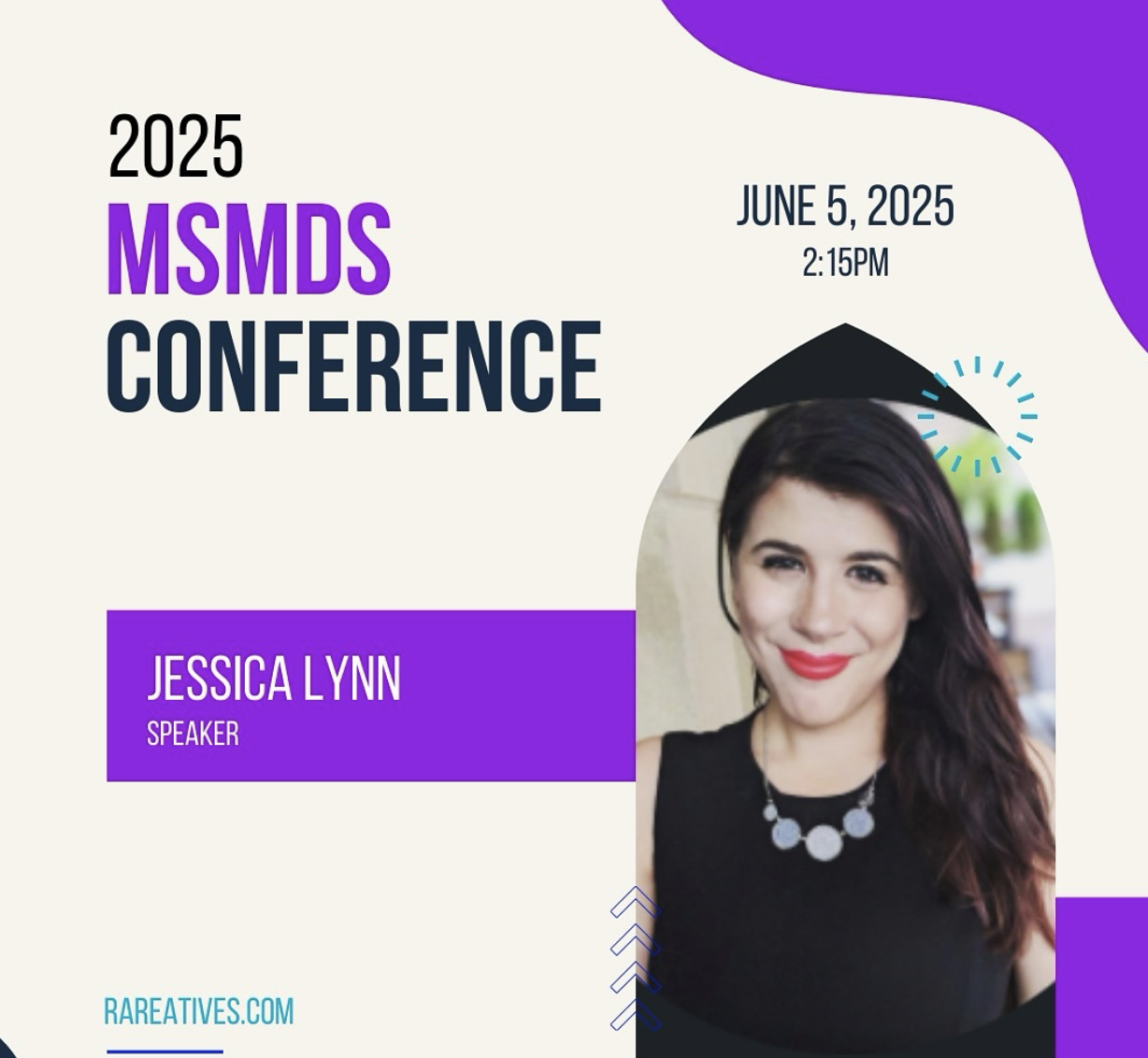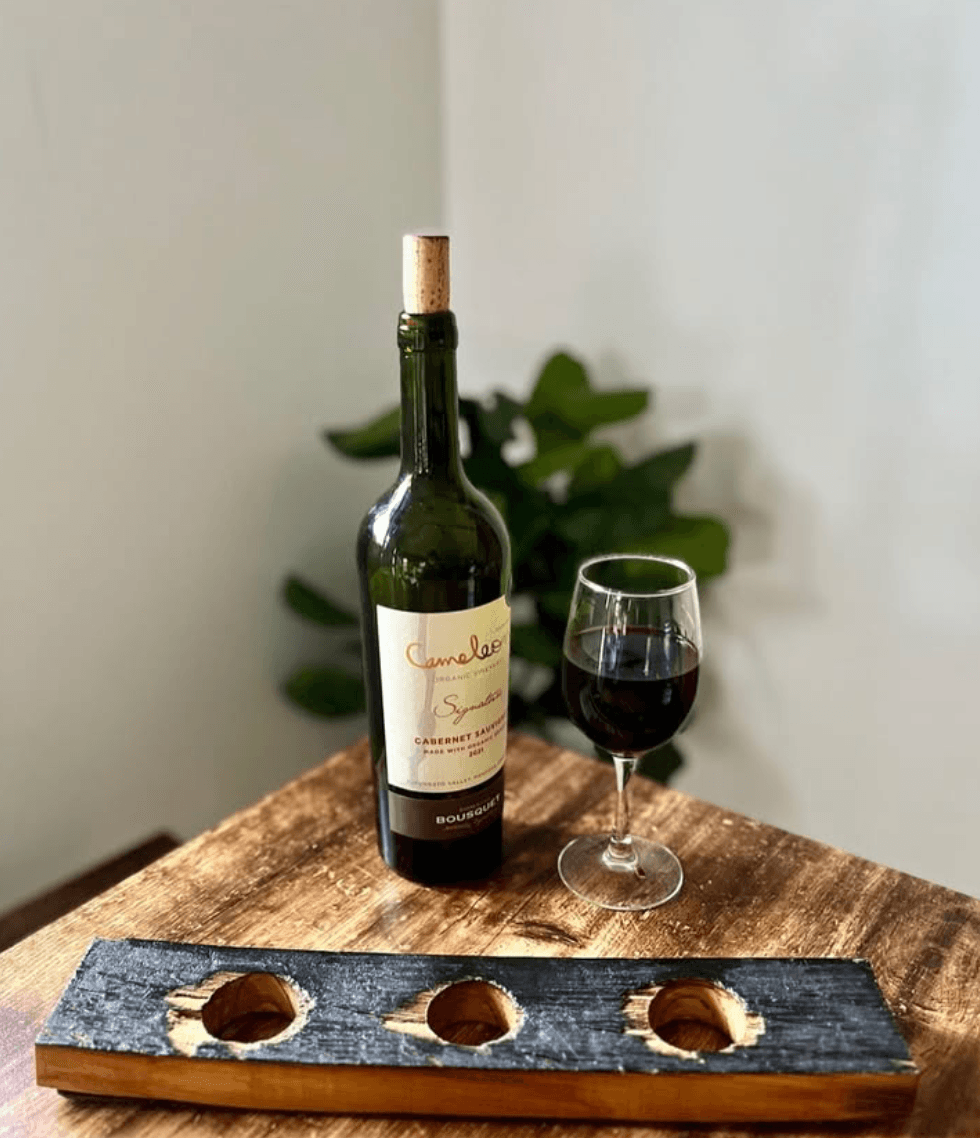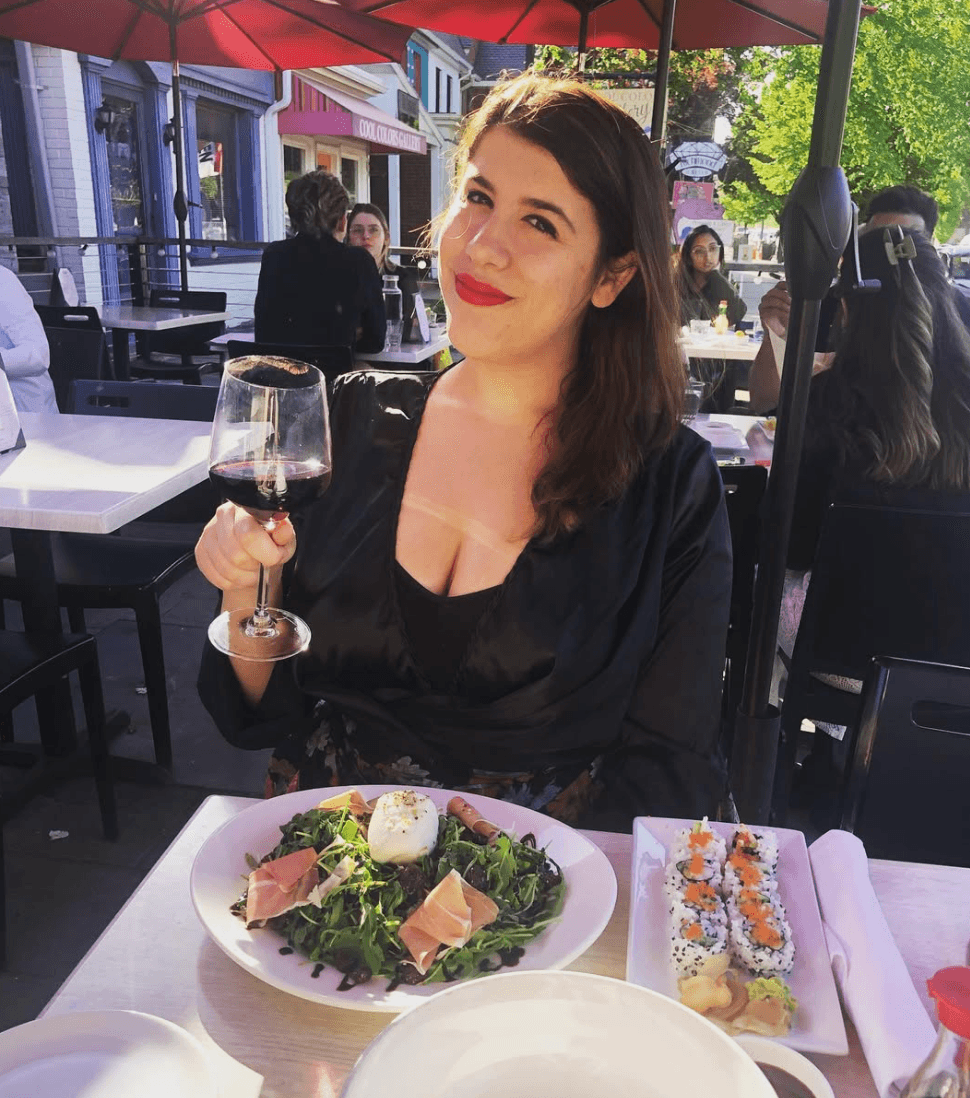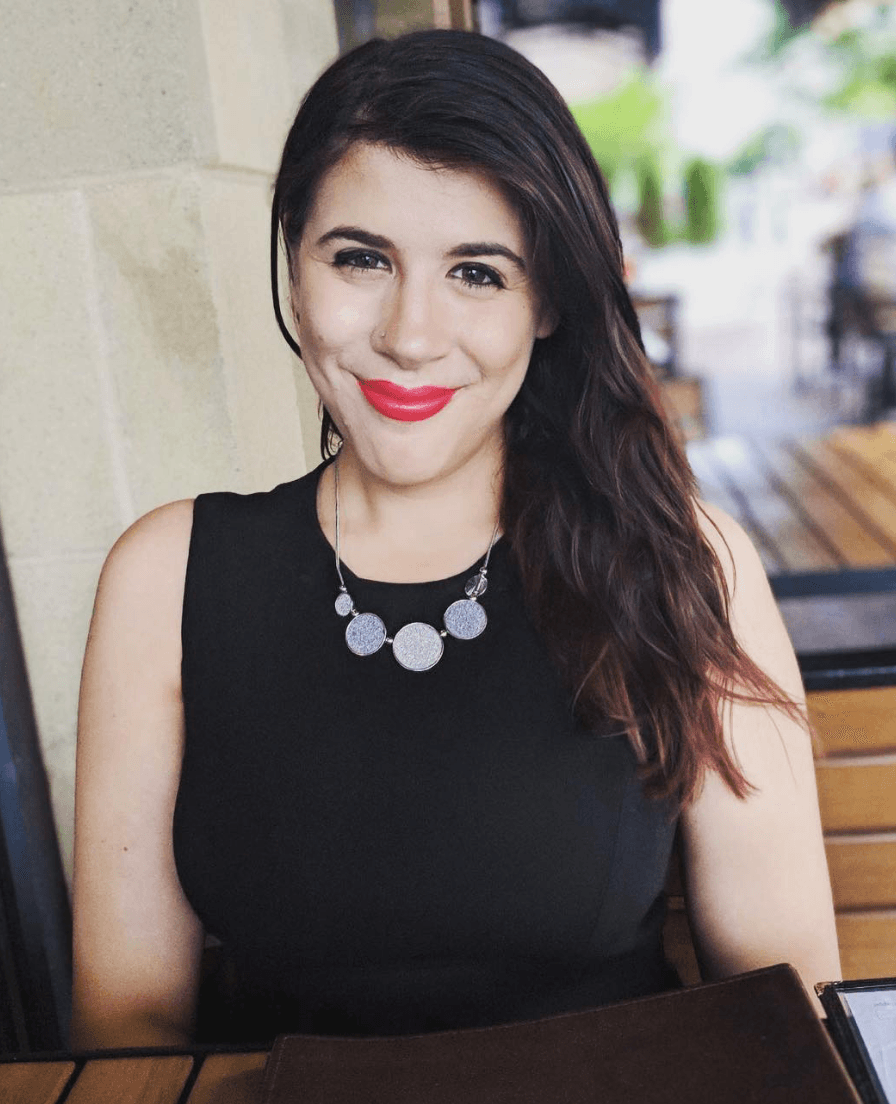We were lucky to catch up with Jessica Lynn recently and have shared our conversation below.
Hi Jessica, thanks for joining us today. We’d love to hear about a project that you’ve worked on that’s meant a lot to you.
A lot of my content is centered around wine. I love the act and process of learning: while sipping a glass is enjoyable, there’s really nothing I enjoy more than getting my boots on the ground and seeing how everything works. My work has brought me to vineyards in Oregon blending my own wine bottles, to harvest in California, to visiting wine makers in Michigan to understand the unique value of their terroir and climate. But giving back to others also means something to me, and I’ve always been keen to figure out how I can take what I love and translate that into meaningful impact. Outside of the food and beverage space, I’m a freelance writer as a whole and I’ve been writing for over a decade. The last five years have been largely centered in the rare disease space. When I was a child, I had a rare disease called Kawasaki disease, which is a type of vasculitis (blood vessel inflammation) that affects small and large blood vessels throughout the body. If not caught, it can lead to severe cardiac issues. My health has been challenging growing up, which doctors are hesitant to say is related in any way to my former Kawasaki disease. But my experience as a child made me curious about the stories of those in the rare disease community, leading me to work for several years at a company called Patient Worthy, and then to eventually launch my own rare disease-centric website called Rareatives (rareatives.com).
Rareatives has been an incredible journey into the rare disease space, and an even more incredible opportunity for me to amplify these stories to the world. I’ve written about parents who are urgently trying to raise money to fund research into their child’s rare conditions, money that is hard to come by and completely reliant on community support. I reached out to the Yankees to ask them to invite a family to a game (I had interviewed the husband and wife just weeks before; they had been together for decades, and the husband passed within six weeks of publishing the interview. They had told me that the Yankees had the best adaptive spaces, and the Yankees front office was kind enough to reach out to the wife and children to bring them all in for a game). I’ve spoken at three conferences about rare disease storytelling, and done a webinar to help families and individuals with HHT recognize that their stories hold meaning. On my food/wine Instagram page, I did a Hot Sauce Challenge to raise money for Moonshots for Unicorns, an organization formed by two parents whose daughter Lucy has an ultra-rare genetic disorder called PGAP3 (https://patientworthy.com/2022/08/16/moonshots-for-unicorns-pgap3-quest-pt1/). During the challenge, I took a shot of hot sauce (several, actually, since I am not the best at filming and messed up my takes) and encouraged people to either do a shot of hot sauce themselves or donate to the cause.
Finding ways to combine my interests has been incredible, and I’ve even gotten tons of support around rare disease awareness in the food/beverage space. As I move forward, though, I do think that Rareatives as a whole is my most meaningful project, even though it’s a passion project. I want people to understand: rare isn’t that rare. Yes, there are communites that are extremely small – I just interviewed Jessica, whose son Kayden is one of 298 people in the world with XLID98 (https://rareatives.com/2025/06/28/how-one-family-is-navigating-life-with-xlid98-a-genetic-condition-with-only-298-known-cases/), or my friend Angela, whose son Yiannis is one of an estimated 75 people with IRF2BPL (https://www.yellowforyiannis.org). But on a grander scale, 1 in every 10 people will be diagnosed with a rare condition in their lifetime. That’s 10% of people. Yet rare diseases are allocated less than 0.1% of funding from the NIH. By sharing what I’ve learned, and the people I talk to, whether creatively on Instagram or through Rareatives articles, I hope to inspire a greater understanding of this community and push towards more actionable change. To me, that’s where all the meaning lies.
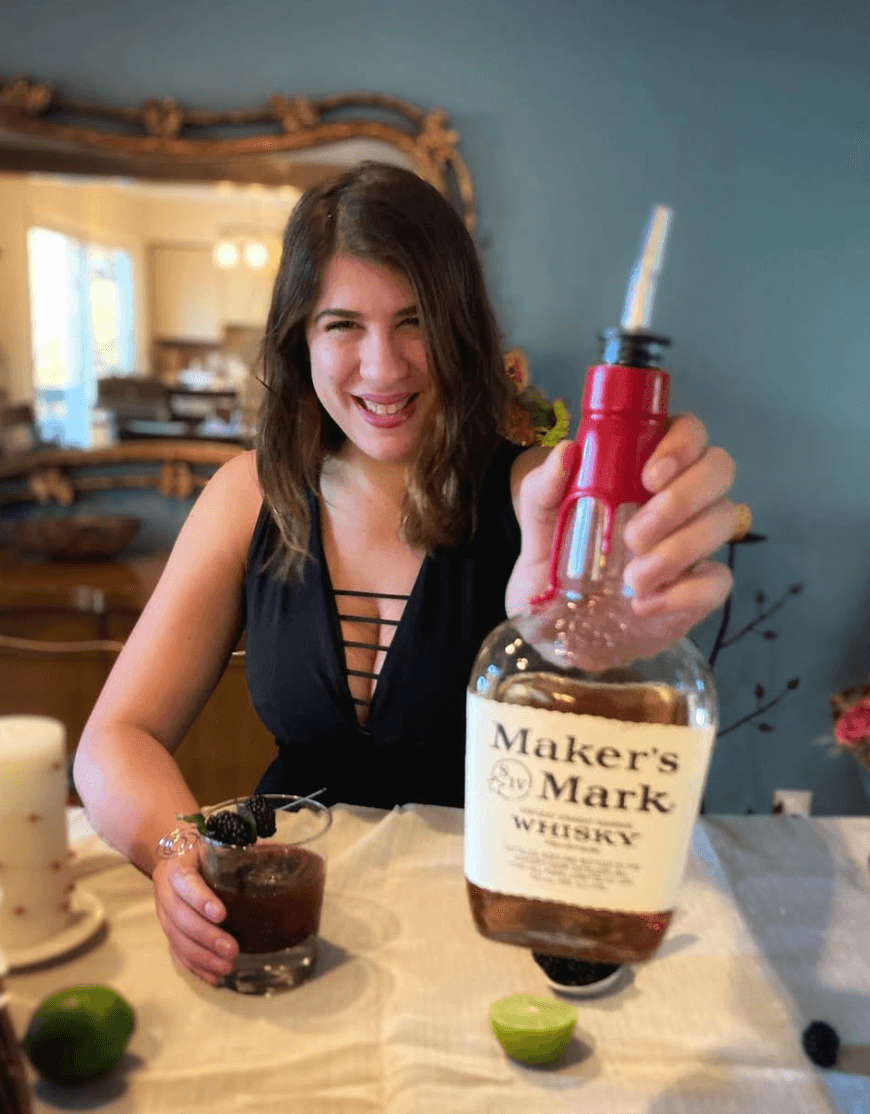
As always, we appreciate you sharing your insights and we’ve got a few more questions for you, but before we get to all of that can you take a minute to introduce yourself and give our readers some of your back background and context?
Hi, my name is Jessica! I’m the voice behind Rareatives and Let Her Drink Wine, and I also freelance in various capacities for clients across different industries: travel, HVAC, zoology. To me, there’s nothing off-limits when it comes to content. I love the pathway to discovery, so I’m always adding articles to my JSTOR or adding to my running list of ideas I’d like to dig into more. I believe content is connection and the work I’m doing is tangibly connecting people and ideas, so I do my best to practice that in my own life as well. My clients appreciate my detail-oriented approach, my creativity, and how crazily fulfilled I get by working through challenges.
Let Her Drink Wine is my main way to explore another sphere I love: food and beverage. I grew up in a partially Italian home where food brought us together every night for dinner. To this day, I still make pasta sauce at least weekly (sorry not sorry to my fiance!) and enjoy experimenting with recipes — most recently, I bought a ton of spices from a local Indian grocery store and I’ve been trying my hand at curries! Let Her Drink Wine focuses more, as you might guess, on wine and alcohol than food (though I do enjoy shooting my favorite products and heading out to do content with local restaurants!). Big, bold red wines and nuanced bourbons are my favorite, and I’m grateful to have gotten to work with several brands who have pushed my tastebuds out of their comfort zone. This year, at World Malbec Day at the Embassy of Argentina, I even got to try white Malbec for the first time! I enjoy the drinking, but love learning about the process just as much. I’ve traveled across the country working harvests, mixing grapes, bottling and labeling wine, and even worked at a distillery for a day to understand the entire product development cycle (I mashed in over 600 pounds of corn!). When I’m covering a brand, whether through written or visual content, I’m sharing the perspective of someone who has tried to understand everything about what went into that bottle.
I’ve also been growing my passion project Rareatives, an online rare disease publication designed to shift the narrative around rare diseases. I was diagnosed with Kawasaki disease as a child and, although I’ve made a full recovery, my experience led me to seek out other perspectives within this community. The rare disease community as a whole struggles with medication access, healthcare accessibility, and treatments, with 95% of rare diseases not having an FDA-approved treatment. After five years of working in the rare disease space, Rareatives became my way to support those in the community who are looking for more awareness, education, and resources. I want to be a catalyst for change, and giving people a route to raise their voices is important to me. I’ve also spoken at three rare disease conferences, and run one webinar with Cure HHT (a nonprofit for those with hereditary hemorrhagic telangiectasia), on the importance of storytelling in rare disease. I am eager and open to connect both with patients in this space, as well as advocacy groups or pharmaceutical companies who are looking for content.
I feel like my endless curiosity and willingness to take feedback is a core part of who I am. I’m most proud that, no matter how much I write or explore, I want to always continue learning. People often believe that what they do is ordinary, but I’ve never met someone who didn’t teach me something. I’ll ask innumerable follow-up questions, disappear into research rabbit holes, and find the angle to make others care, too. And for me, the process is as much fun as the final product.

We often hear about learning lessons – but just as important is unlearning lessons. Have you ever had to unlearn a lesson?
Right now, I lead with the motto: “Care Less. Think Less. Do Less.”
At first glance, you might think that motto looks odd, offputting, and maybe a little lazy. But I view it as a surprisingly positive culmination of growth moments over the year, and an understanding that killing myself for my craft actually doesn’t result in better outcomes.
I’ve always been someone who is slightly competitive, but also who feels a lot of pressure. Some of that pressure is external, but I do have to admit that I place a fair amount of pressure on myself to perform well. I wanted the best grades in school, the best job, the best career trajectory. I thought that if I just pushed myself harder, I would succeed and achieve whatever I put my mind too.
My first job really challenged this. I was a Marketing Assistant with no experience but a lot of optimism and grit. What I wasn’t prepared for was the trial by fire. I was initially placed on three sales accounts, had to launch a brand in the U.S. from scratch, was expected to grow our social media to over 10,000 in three months (with no budget), and was also expected to perform all graphic design duties. My manager would frequently request that I stay late, and an app on my phone meant I was accessible to the company at nearly all times (which they took advantage of with frequent 2-3am texts about the next day of work). Should I take a lunch break, my manager would tell me that I was doing poorly because I was a woman (something I wish I had spoken up more about back then).
My response was to throw myself wholeheartedly into my work, something that carried through several jobs after that. I stayed up late, woke up early, and spent significant amounts of time trying to brainstorm ways to appease my bosses. Like many creatives who find themselves also juggling a full-time role, I also struggled to figure out where to fit my freelance work into my schedule, also at the expense of my sleep. As exhausted, drained, and downright depressed as I felt, my efforts paid off and I was lauded by my bosses. They began adding more to my plate. And I’d always say yes, I could take it on. Somewhere along the way, I had internalized the lesson that I was most valuable – or perhaps only valuable – when I was wholeheartedly committed to making the people around me happy.
It was an eventual freelance role I took with a friend – the one who taught me my new motto – that shifted my mindset. When I was exhausted, I couldn’t be the clear-headed, detail-oriented, innovative thinker that the role required. When I pushed myself to get up early to tackle the day, I ironically lagged behind, overwhelmed by everything on my plate. I’d overexplain myself to clients looking for a simple answer because I felt I had to justify what I was doing. My work suffered. And when I told my friend how I felt like I wasn’t doing good enough, she looked me dead in the eyes and said, “Good enough for who?”
Something about that moment reinforced that my lesson was not correct. That when I put myself and my wellbeing aside, I could not longer find ways to center myself. That when I forced myself to work across the clock, instead of giving myself time to breathe, I was actually less productive. I’m still not perfect, and I still sometimes feel constrained by my “made up timelines.” But giving myself time to work, to think, and to relax has been the perfect combination to make me a more effective and efficient worker.
So although my motto feels negative, it isn’t. Care less doesn’t mean I don’t care, but that I allow myself space to breathe, to focus on my other interests, and to maintain a healthy balance in the way I approach professional projects. Think less doesn’t mean I don’t think creatively, but that I take a walk or a break if I feel like I’m spinning in circles. Do less doesn’t mean I won’t put in effort, but I won’t overexplain myself in panic, or rush work because I think it needs to be done now. I take my time, and that feels meaningful to me.
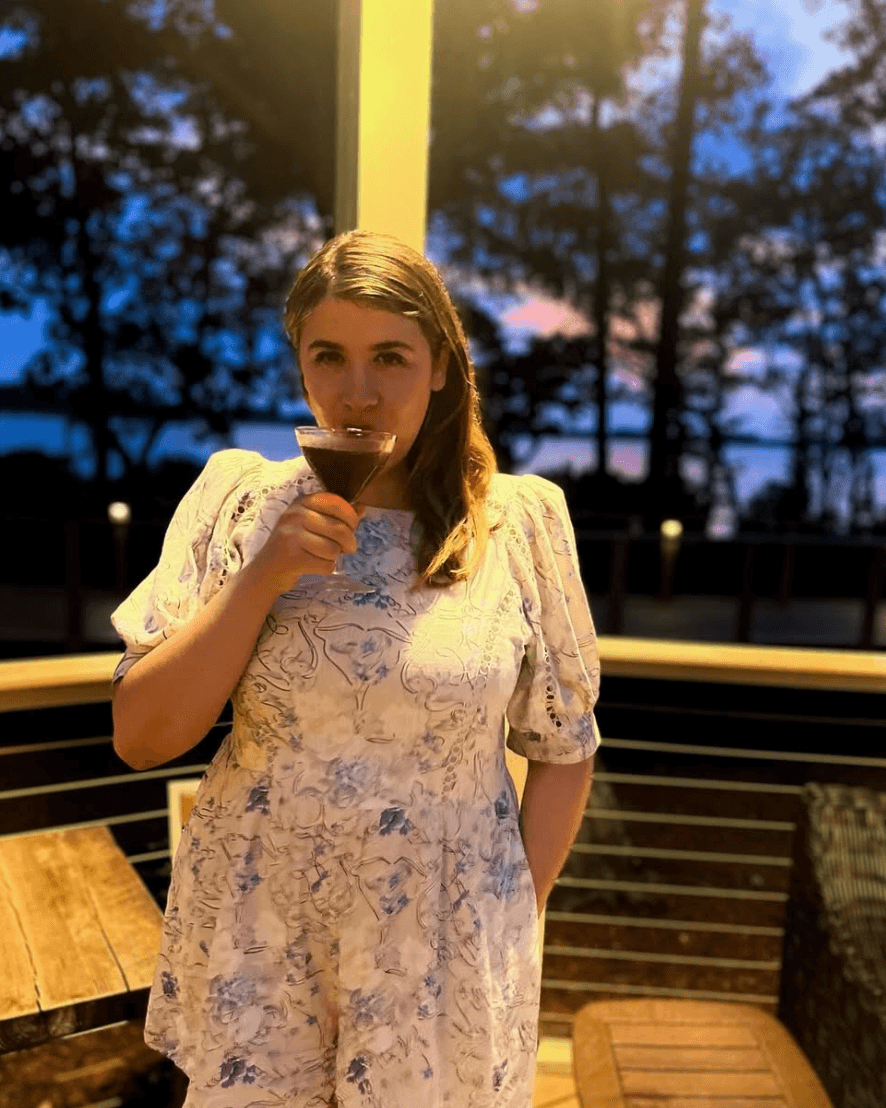
Any insights you can share with us about how you built up your social media presence?
Currently, @_LetHerDrinkWine_ has just around 9,400 followers. I don’t love the term influencer, but I do sit on the line of being a nano-influencer, which lets me have a closer and more collaborative relationship with the brands I work with and the audience I’m reaching.
When I initially started Let Her Drink Wine, I wanted to showcase my food and beverages. I built an audience in Richmond, VA largely through connecting with the community and engaging with other influencers. Then, when I hit around 12,000 followers, my account was hacked, erased, and completely deleted. At first, I almost didn’t restart the account, but figured I’d give it a go.
My biggest advice for building social media presence is engagement. I’m not the best videographer, and my iPhone 13 camera isn’t phenomenal. I see plenty of people who have much more gorgeous videos and photos than I do, and I salute them for the incredible work they manage to make. But, even if your content is stunning, you’re not going to connect with an audience if you’re not engaging with them. I’m frequently messaging other creators, or asking for recipes. I encourage people to take my drink recipes and recreate them. I spend distinct time each day liking and commenting, and even meet up with certain people for collaborations! Everyone wants to feel like they’re heard and valued, and your audience wants to know that they can build trust with you. If you’re treating them just like a number, that’s what they’ll feel like. If you’re taking the time to get to know them as people, to hear their needs and thoughts, then you can better serve them.
That said, content quality IS important. I am much more likely to comment on (or personally share) something that’s higher quality than I am a half-focused, half-eaten plate of food. If you’re building social media, especially on the picture-sharing side, find editing tools like Snapseed or InShot that’ll help you with the colors or the shadows.
For other social media sites, timing and presence is also key. You will not build your audience if you are not online. During the start of the wedding planning process, I was so swept up in tours and locking down our big vendors that I managed to stay off my social media accounts for an entire month. It’s disheartening to lose a hundred followers, but I also understand (and am working to win them back!). When I still had Twitter (X) a few years back, I had 5,000 followers – but the same goes. If I was off the platform, if I was not engaging in chats, there was no way to build following.
Be available. Make good content. Put in effort. Talk to people.
Contact Info:
- Website: https://www.rareatives.com
- Instagram: https://www.instagram.com/_letherdrinkwine_
- Linkedin: https://www.linkedin.com/in/lynnjessica33
